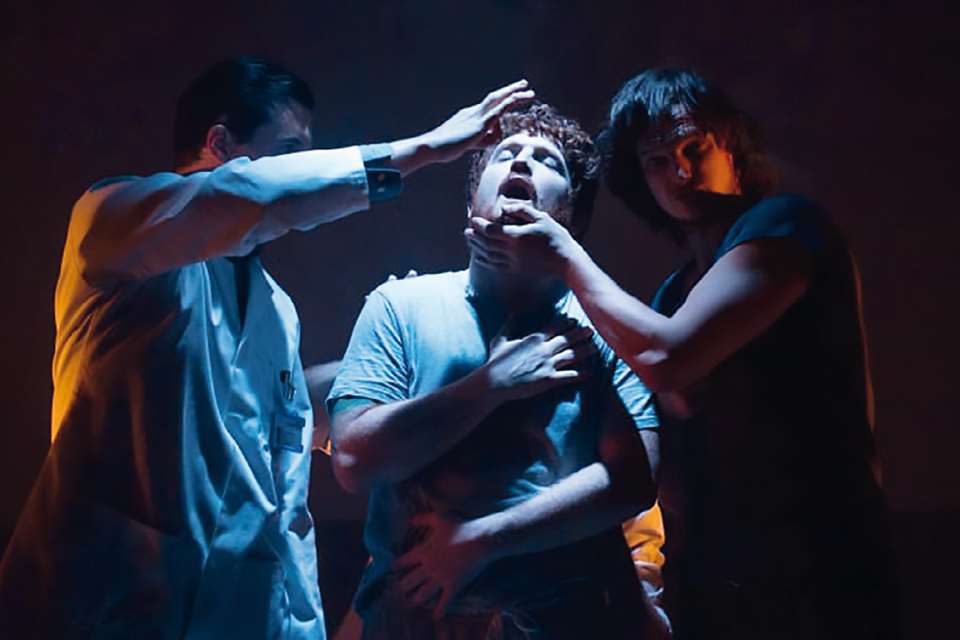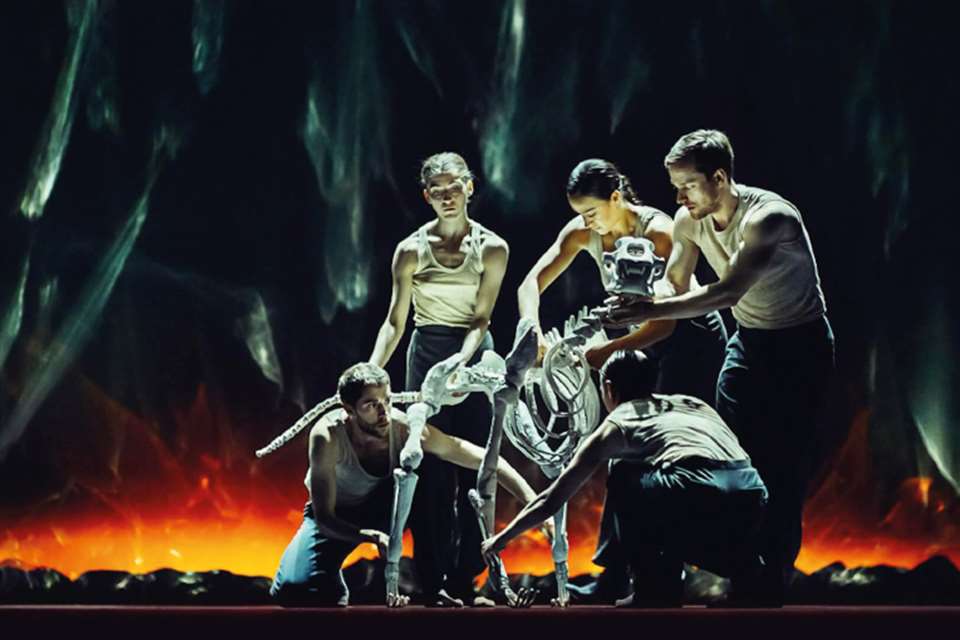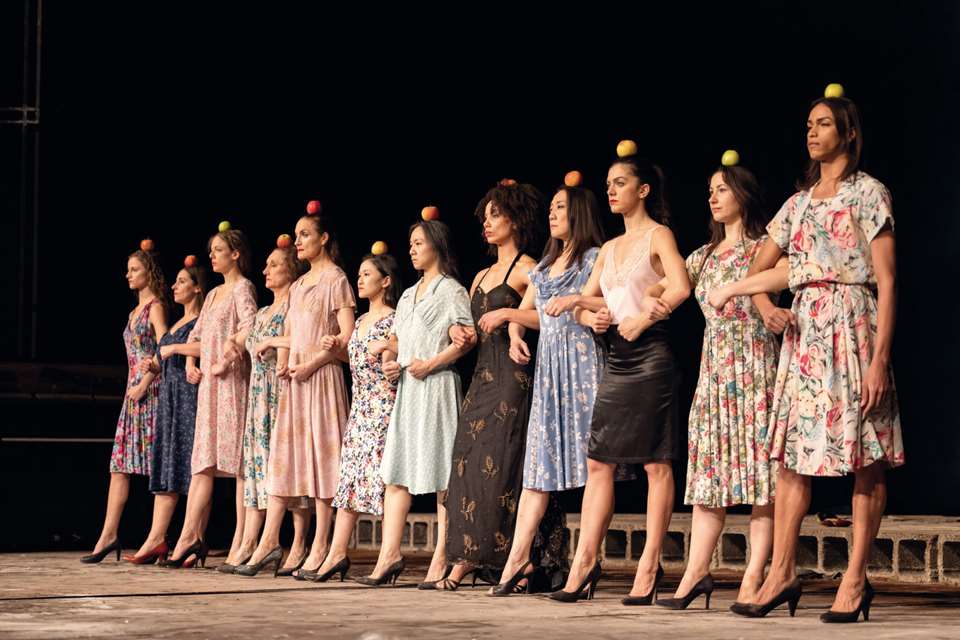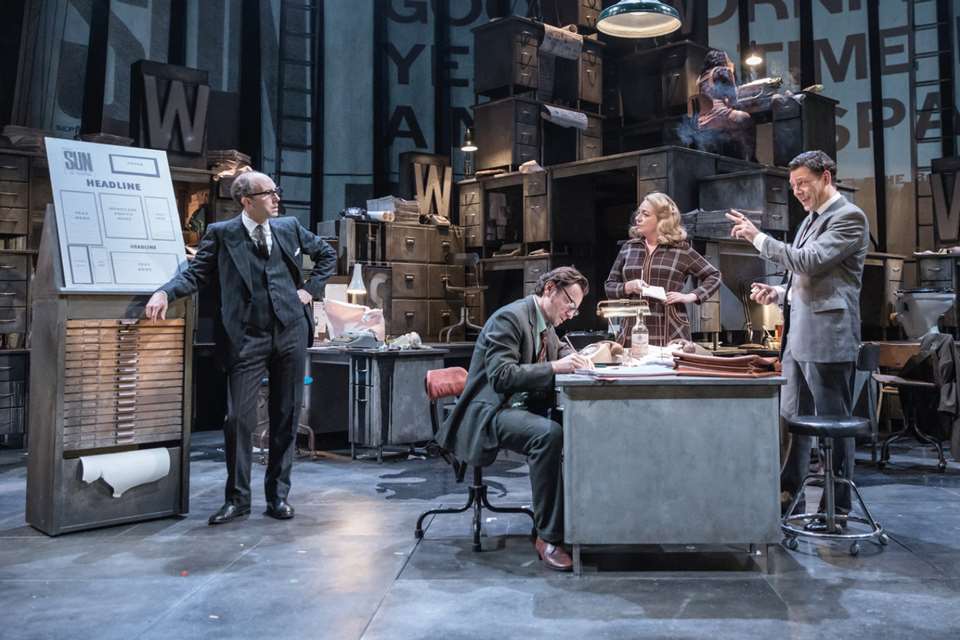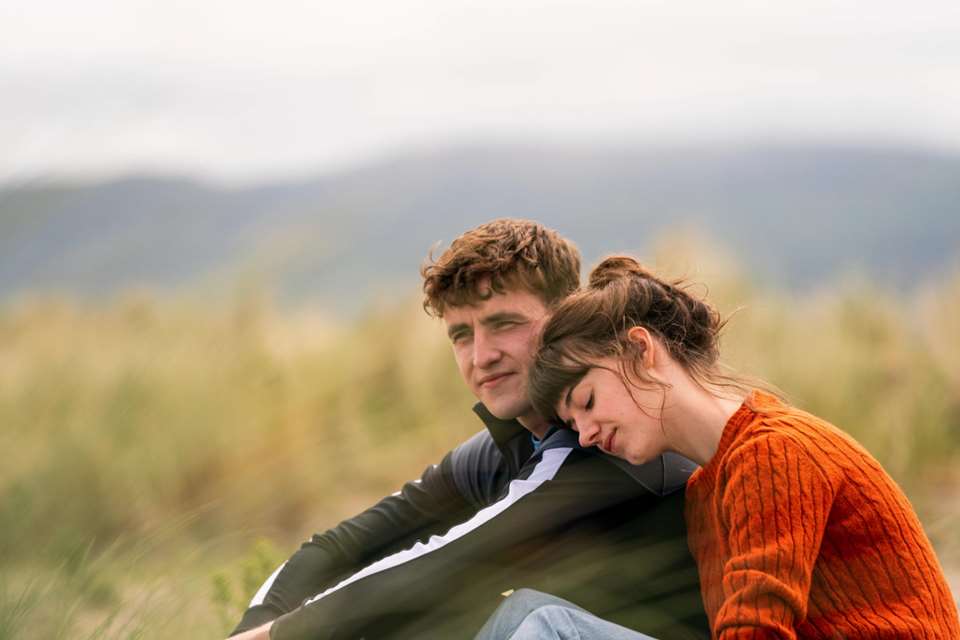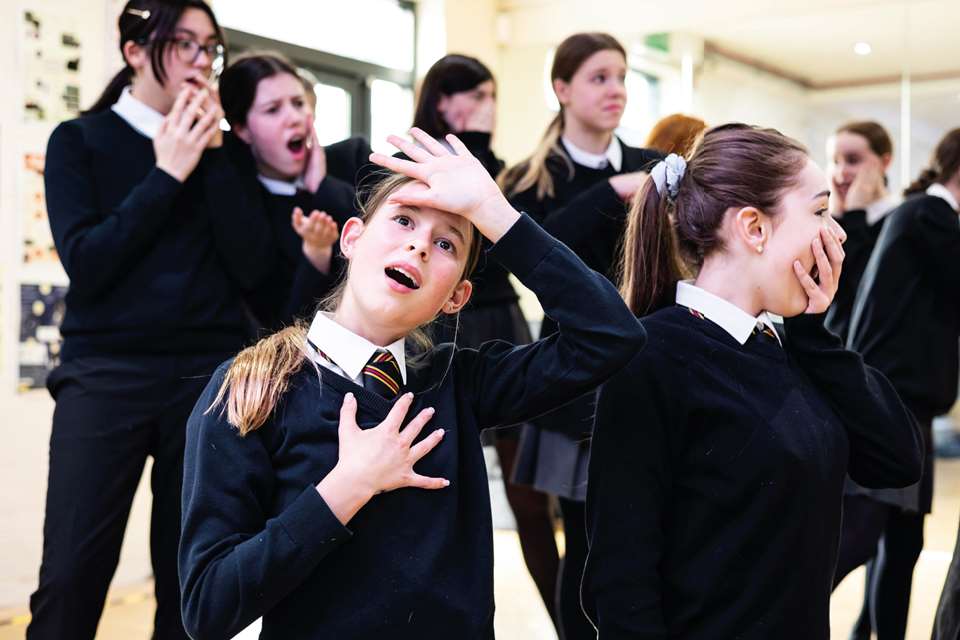Practitioner focus: Jerzy Grotowski
Beccy Thompson
Friday, March 1, 2024
Delving into the work of one of the most influential practitioners in theatre history, Beccy Thompson provides us with a whistle-stop tour of Grotowski, complete with exercises for your class
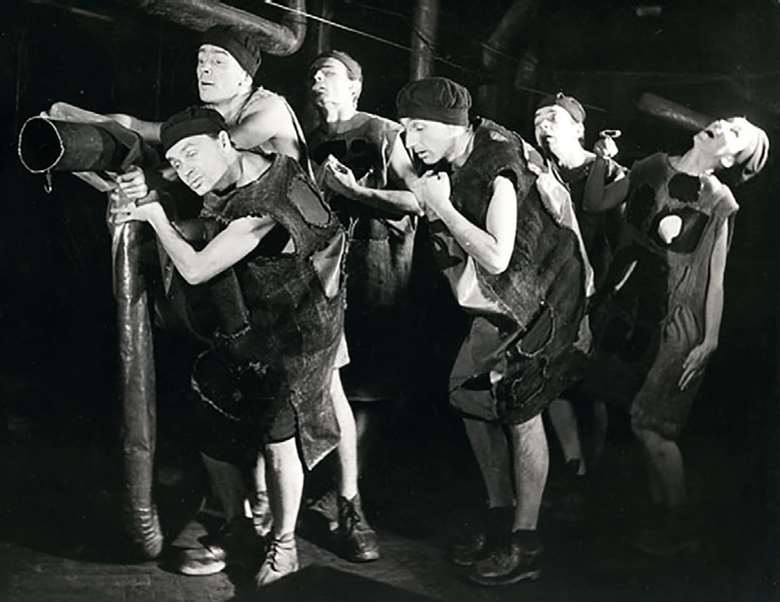
Labratory Theatre/ The Grotowski Institute Archive
The Polish director Jerzy Grotowski (1933-1999) has been considered one of the leading practitioners of the 20th century, yet he is not commonly taught in school drama. He rejected that theatre was entertainment, instead seeking to focus on authentic communication between actors and spectators, that could insight change through experience. Grotowski has been noted for his influence on experimental theatre in the US and on other practitioners including Eugenio Barba and Peter Brook; the latter paying tribute to Grotowski's work in his infamous book The Empty Space. With his company The Laboratory Theatre, Grotowski's work went through various phases, arguably the most well-known being the Poor Theatre.
Poor Theatre
The term ‘Poor Theatre’, used by Grotowski, refers to his early theatrical productions between 1959-1969, characterised for their stripped-down minimalist style. It was not financial poverty that defined them though, rather in comparison to popularist ‘rich theatre’, they were poor in regard to the number of artistic disciplines involved. By removing production values such as lighting, set, costumes and stage boundaries, the actor's body was used as the main form of expression. This, Grotowski contended was the value of live theatre, because the spectacle of theatre cannot achieve technically what film and television can.
Key features
- Focus on the actor and the body
- Theatre as ritual
- Actor/spectator barriers removed
- No costumes, lighting or sets, only ‘indispensable’ objects.
All of Grotowski's productions were performances of classical texts, including Doctor Faustus and Akropolis. In Faustus the text was kept but rearranged as a montage; some text was added and some of Marlow's removed. Akropolis was based on Wyspiański's dramatic epic poem and set in Auschwitz. Both productions broke with traditional staging boundaries: in Faustus spectators sat at a table whilst the actors performed on it. In Akropolis pipes were used by the actors to build a gas chamber over the audience in which the characters were consumed.
Approach to rehearsal
Grotowski's company undertook vocal and physical exercises that placed huge demands on their bodies. He emphasised a return to the ritualistic routes of western theatre, although he was careful to avoid creating a ‘recipe-book’ of rehearsal techniques. This he claimed would render a performance ‘sterile’ and so he sought to ‘demystify the creative process’ for an actor. In Towards a Poor Theatre among other source books of his work, exercises are described for actor to undertake. These may not be suitable for a school drama classroom, given the intensity required, so the following activities are designed to capture the essence of some of Grotowski's key ideas.
In 1970, Grotowski announced he would no longer make ‘classical’ large scale performances, as he felt they could not realise the connection between actor and spectator he sought. He shifted focus to a new phase, ‘Paratheater’ which focused on group psychophysical training and exploration, where there were only participants not distinguished actors/spectators. While his craft is not easily defined as some other practitioners, Grotowski's use of physicality as a means of expression has undoubtedly influenced companies such as DV8 and the genre of physical theatre broadly, making him a worthwhile practitioner to study in school.
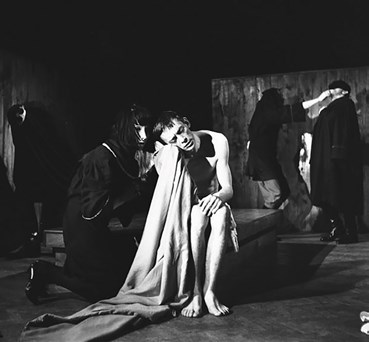 © Labratory Theatre/ The Grotowski Institute Archive
© Labratory Theatre/ The Grotowski Institute Archive
The Constant Prince, 1965
Exercise 1:
Look down, Look upGrotowski placed importance on actors developing attention in their bodies. This game relies on individual concentration. Arrange chairs in a circle. Ask participants to stand behind their chair with their head down looking at the floor, explaining the activity must be conducted in silence. When you say ‘look up’, they must raise their head and look at someone else in the circle. If two participants make eye contact (by choosing each other) they are out and should sit down in the circle. Repeat the ‘look down, look up’ routine until only two of the group are left.
Exercise 2:
Indispensable objectsGrotowski suggested that in the Poor Theatre there should be no sets and only ‘indispensable’ objects should be used. He describes how one object could be used in multiple ways; giving the example of a bathtub which was used in the production Akropolis as a symbol of how all prisoners were washed and processed in concentration camps. It was also turned upside down and used as an altar and as a marital bed.Exploring the use of an object in a scene could encourage creativity amongst students whether they are devising or working on a script. Assign groups a prop each that has potential to be turned into multiple things. Challenge students to create three different set pieces in a scene with the object; perhaps an additional stretch task could be to animate the object, or to add sound effects, or to explain what they are symbolically representing as well as literally. End the activity by asking groups to perform and challenge their peers to identify what the object represented.
Resources
-
Cash, J. (2023) Grotowski's Immersive Poor Theatre Techniques – 40 Explanations
-
thedramateacher.com/poor-theatre-conventions/?utm_content=cmp-true
-
Essential Drama (ND.) Grotowski an Interview with Paul Allain. Available at essentialdrama.com/practitioners/grotowski
-
Grotowski, J. (1969). Towards a poor theatre. Methuen. Original work published in 1968.


